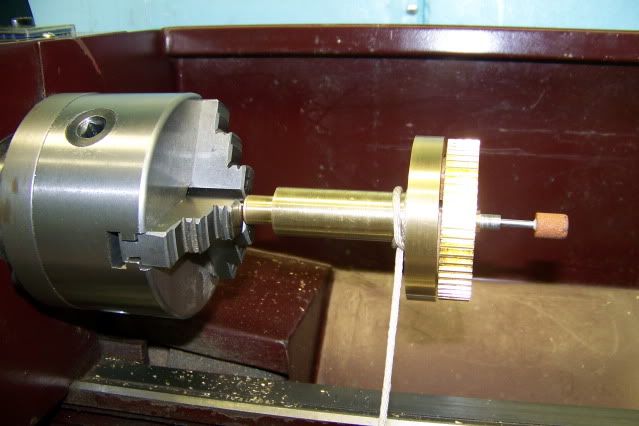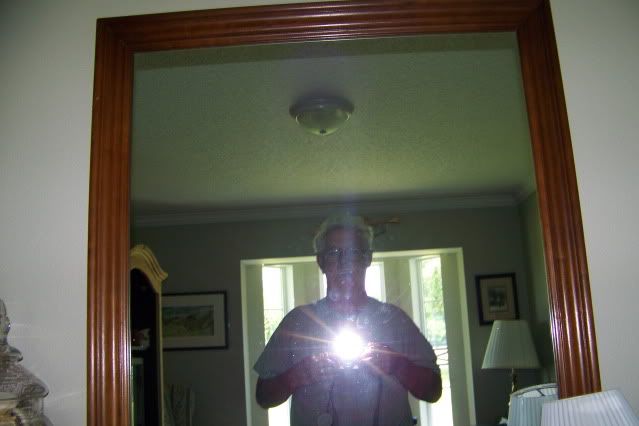zeeprogrammer
Well-Known Member
- Joined
- Mar 14, 2009
- Messages
- 3,362
- Reaction score
- 13
I just had to say 'WOW!'. That is awesome looking.
Sorry I can't help with the problem.

don-tucker said:Here's my fourpenneth,once the shoes are applied a few times I feel that they will wear in that few thou,knowing you will have got them as near as damn it.
Don
Maryak said:Jerry,
Is it possible to:-
1. Shim the laggard link.
2. Reduce the length of the slot in the laggard clutch timber.
I realise we are talking small numbers here but.................. just a couple of thoughts to complement bogs suggestion.
Best Regards
Bob
Bogstandard said:Jerry,
The amount of differential movement required is going to be very small.
Could you open out the centre of the main operating bush by say 0.010", and it's locking pin hole in the main shaft by about the same amount, but still retain the pin size in the main bush, so that the operating bush is actually 'floating' around the shaft, but still getting drive thru the pin.
That way, if one of the shoes comes into contact first, the 'float' would still have enough movement to allow the second shoe to come into contact as well. A sort of self centring effect.
I doubt if that little float would be noticeable on an engine of this size.
I hope you understand the method, and it is only a suggestion.
Bogs
steamer said:To echo Bob and Don's posts, can the assembly be locked in place and machined concentric to the shaft?.....( On the lathe or on a rotary table on the mill...ect)
Once close, it will wear in fairly quickly I think.
PS.... in looking at the illustrations posted earlier, I think you could machine these.
I would make up a sacraficial face plate ( held in a 3 jaw or what have you but faced and bored in situ just prior to use)
Mount the assembly on the shaft but minus the clutch drum. If you make a clamping washer that fits with clearance over the central hub, but clamps the shoes to the faceplate in their natural location ( positioned radially by their own links), then take a slight turning cut on the shoes to make them concentric. The clamping washer could be held via a custom bolt with a body diameter the same size as your clutch shaft.
Here is the COC.....hope it helps!
Dave
zeeprogrammer said:I just had to say 'WOW!'. That is awesome looking.
Sorry I can't help with the problem.
Brian Rupnow said:Jerry---this is a fascinating build, and you are doing a marvelous job. I have never cut a gear, and I would like to try to do so, in fact I will probably try to make the same 60 tooth gear that you made. In the very first page of this thread, you talk about "Dressing a mounted point to a specific diameter" to grind the radius on the single point cutter. I don't really understand what you meant. Firstly, I'm not sure what a "mounted point" is, and secondly---are you talking about somehow turning a grinding stone to the specific diameter required to grind the radius.----Brian

![DreamPlan Home Design and Landscaping Software Free for Windows [PC Download]](https://m.media-amazon.com/images/I/51kvZH2dVLL._SL500_.jpg)








Brian Rupnow said:Thanks Jerry---I think I understand now. Perhaps I will start a thread on it.---Brian





